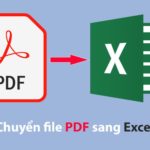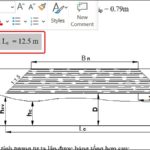Have you ever wondered why the hard drive has become one of the best-selling computer accessories? It’s because users have started to realize the importance of backing up data, including saving Outlook emails to the hard drive. Data is crucial, and Outlook data is no different.
To create a backup of Outlook mailbox, you can save emails from Outlook to the hard drive or any folder on your desktop computer. This can be done through various methods discussed in this article. Follow the methods below to save Outlook emails to the hard drive automatically and manually.
These methods will help you save all Outlook emails and email folders such as Inbox, Sent Items, Drafts… on your computer or external hard drive. You can also save your emails to the cloud (if desired).
You can choose and save Outlook emails to the hard drive in various file formats such as MSG, PDF, Word, and HTML. You can choose the format that you find most convenient and perform manually as below.
Save Outlook Email to Hard Drive as MSG
In Outlook, you can simply click on any email you want to save to the hard drive, then drag/drop it to a folder on the hard drive or computer.

These emails will be saved in MSG format. This file format is widely supported, and you can open or import MSG email files in any Outlook account.
Save Outlook Email to Hard Drive as HTML
In addition to MSG, you can also save emails from Outlook to HTML. This format is suitable for viewing on the web. Additionally, HTML can be accessed on any device, including smartphones. The steps are as follows:
1. Open Outlook and then double-click on any email you want to save.
2. This will open a new email window. Click on File > Save as.
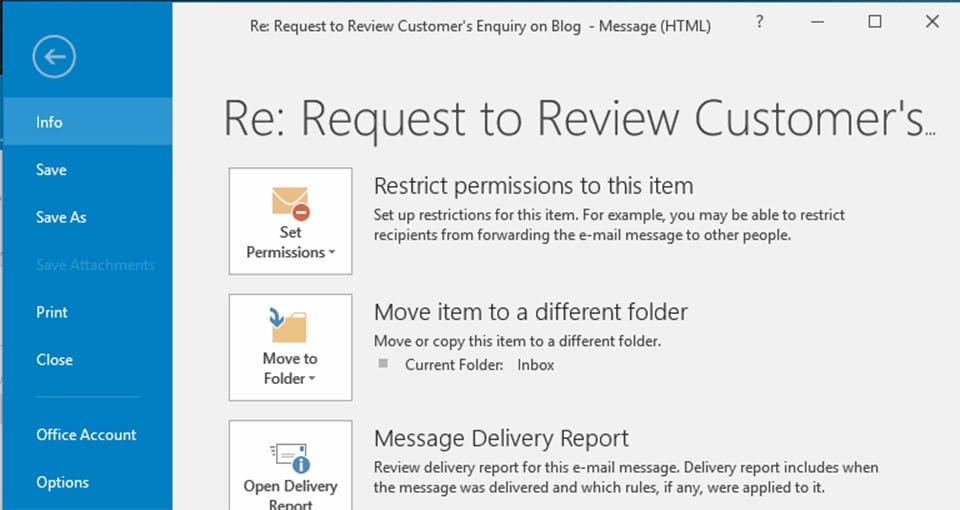
3. From the drop-down menu, select the HTML format and click Save.
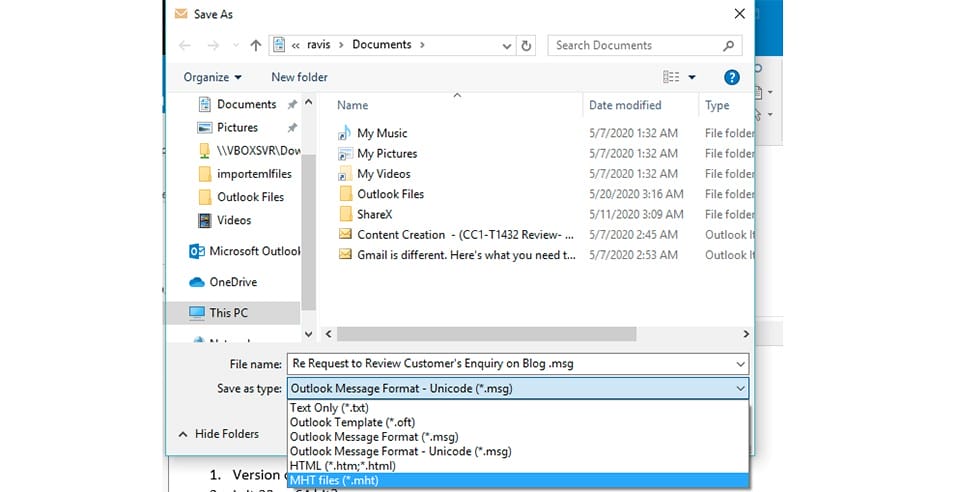
4. Repeat these steps for other emails you want to save.
Save Outlook Email to Hard Drive as PDF
To save Outlook emails in PDF format, first save them as HTML using the above steps, and then:
1. Open the HTML email in any web browser you use on your PC, such as Google Chrome.
2. Press the CTRL + P key combination and select Save as PDF from the Destination menu.
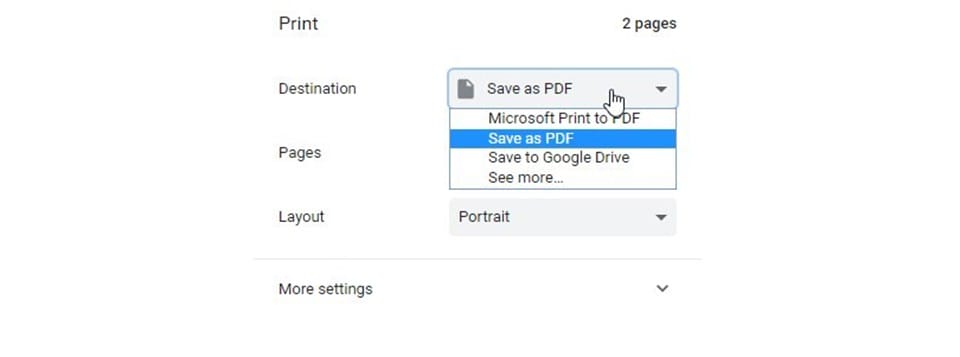
3. Click Save and select the hard drive or folder on your computer where you want to save Outlook emails as PDF.
4. Click Save.
Save Outlook Email to Hard Drive as Word File
To save Outlook emails to the hard drive in Word format, save the emails as HTML as described above, and then follow these steps:
1. Open Word and go to File > Open.
2. Browse for the saved HTML email file and open it in MS Word.
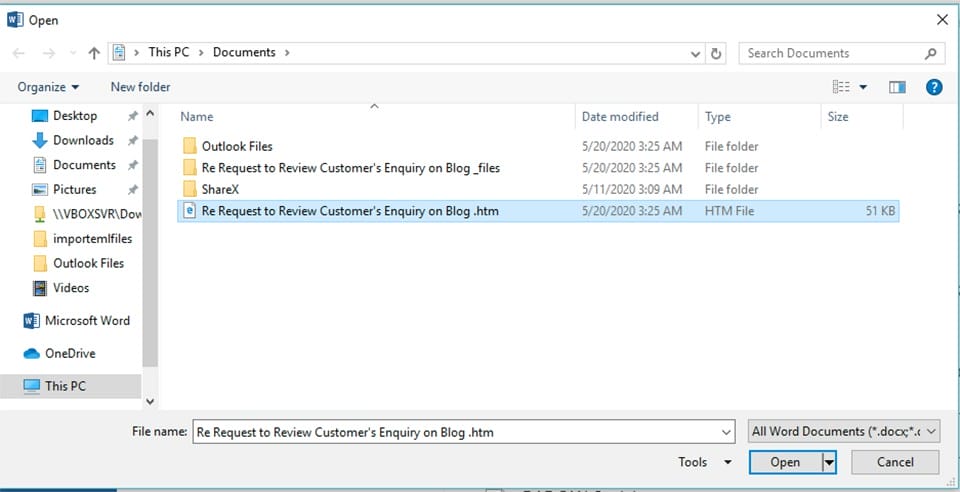
3. Then click on File > Save or press the CTRL + S key combination and save the file as a Word document.
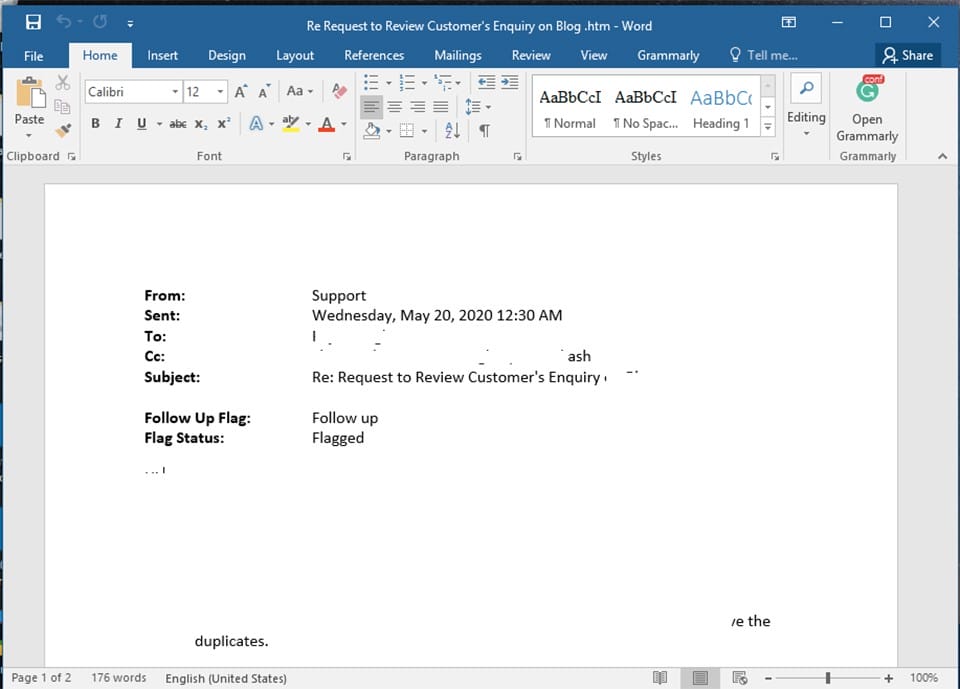
Note: You should not drag and drop multiple emails at once as it may cause system hang and Outlook issues. Also, at a time, you can only save one email in HTML, PDF, or Word format.
Method 2: Manually Copy Outlook PST to the Hard Drive
If you have configured a POP3 account in MS Outlook, this account will create and store all emails in the PST file by default. Therefore, you just need to browse the location of the Outlook PST on your PC and copy the PST file to the hard drive for backup purposes.
In this case, you have to locate the PST file. The steps are as follows:
1. Log in to MS Outlook and click on File > Account Settings.
2. Click on Data Files and then check the exact location of the Outlook PST file on your system.
3. Click on the Outlook PST file and click on the Open File Location option.
Copy the Outlook PST file to the hard drive inside or outside to perform the backup. The PST file acts as a backup as it stores emails from Outlook to the hard drive. Additionally, the PST file format is widely supported, and you can import it into any Outlook or Office 365 account to access emails and other mailbox items.
Method 3: Export and Backup Outlook Email in OST to PST File
This is the easiest, simple, and easiest method to back up and save Outlook emails to the hard drive. By using the Outlook Import/Export Wizard tool provided by Microsoft, you can save emails in Outlook on OST file format to PST file format.
This not only helps you back up all emails but also can save other Outlook mailbox items like Contacts, Notes, Calendar, Tasks, Journal… to the PST file. The steps are as follows:
1. Open MS Outlook. Go to File and click on Open and Export, then choose Import/Export.
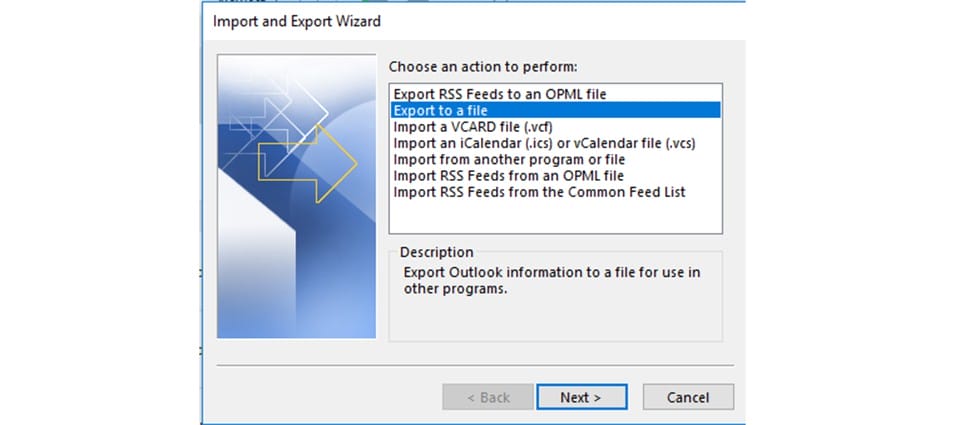
2. In the Import and Export Wizard window, click on Export to a File and click on Next.
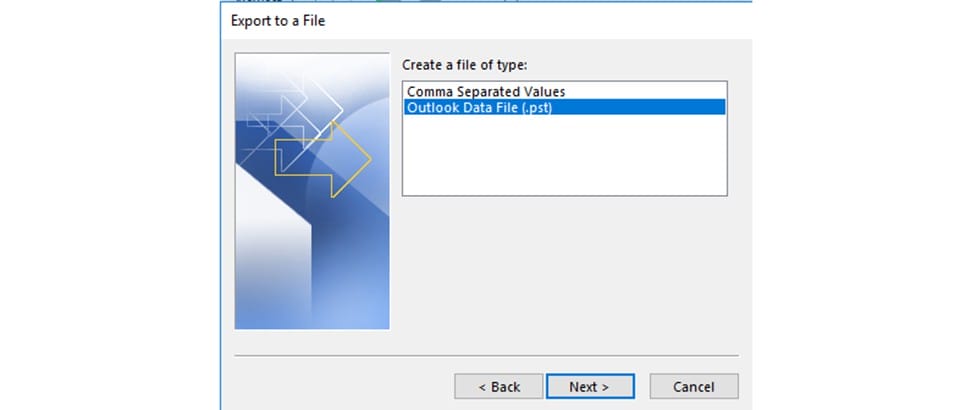
3. Select Outlook Data File (.pst) and click Next.
Note:
- If you want to save Outlook emails to an external hard drive, connect the hard drive to your computer. Then, select the Browse button to choose the location to save the data and enter the file name for Outlook. Click OK to complete the process.
- Your Outlook emails will be saved in a PST file on the hard drive. This PST file can be imported into any Outlook or Office 365 account to access emails and other mailbox items.
- This method only works if Outlook can access and is connected to the Exchange server. If Outlook cannot be accessed and you cannot export and save Outlook emails to the hard drive via Import/Export Wizard, move on to the next method.
Method 4: The Direct and Easiest Way to Save Outlook Emails to Hard Drive
In case you are using Outlook to access IMAP, Exchange, or Office 365 accounts, Outlook will create an encrypted OST file. To back up and save emails to the hard drive in PST format or other file formats, you can use software like OST to PST Converter Tool, especially when you cannot export PST through Outlook.
This is an automatic, time-saving, and direct method to save all Outlook emails to the hard drive in multiple formats. The software converts all Outlook emails stored in the OST file to PST, EML, MSG, HTML, PDF, or RTF formats at once and saves them to the selected hard drive. Therefore, unlike manual methods, you don’t have to repeat the steps to save each Outlook email in multiple formats.
Furthermore, with the help of this software, you can also convert OST file or inaccessible OST file to PST and save all Outlook emails, as well as other mailbox items, to the hard drive or computer.
Download OST to PST Converter Tool
Conclusion
Backing up data brings peace of mind to users. You can choose any method shared in this article to save Outlook emails to the hard drive.



























